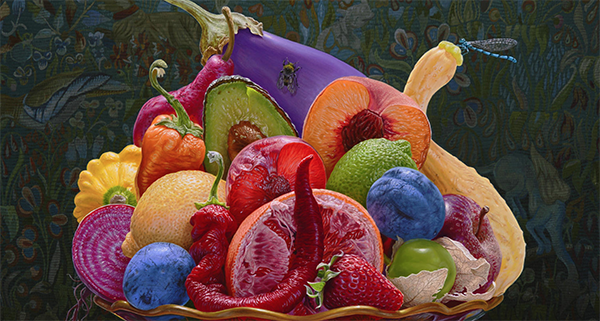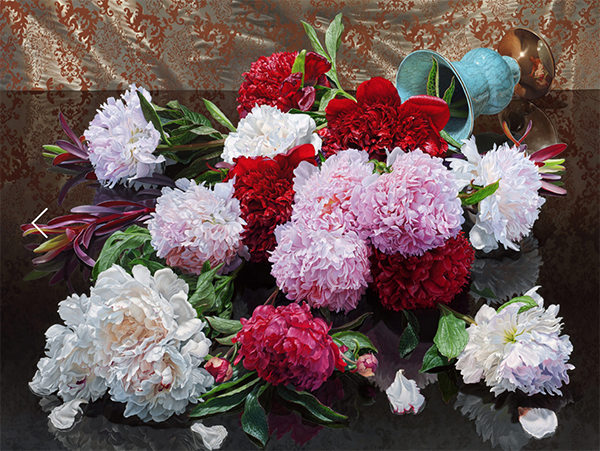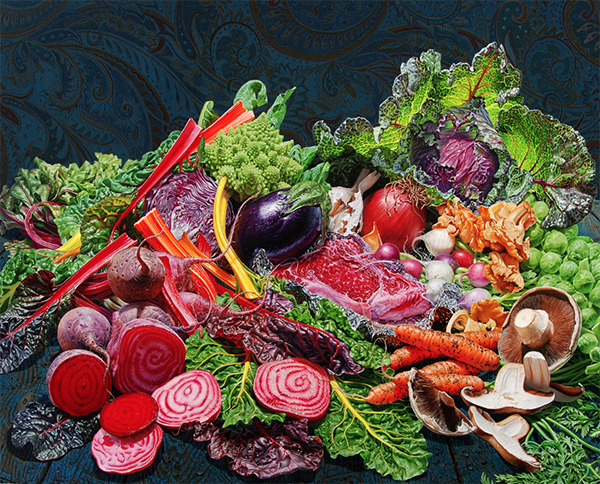There was a moment in illustrator and cartoonist Jake Parker’s career, where this is what he, his wife and five children faced:
“There was a summer there where we had no money. We went through savings. We had some food storage we saved for when times get hard, and we were like, “Let’s break out the mac and cheese and beans.”
“I was really depressed, I took serious stock of everything. I said, “This is never going to happen.”
In this moment, he did something that I found astounding. He didn’t hide away, he didn’t diminish. Instead he did this:
“I doubled down on sharing online and hitting my social media hard. I really figured out where jobs were coming from, and about three months after, everything started falling into place.”
I can’t even express to you how excited I am to share my interview with Jake Parker. If you make creative work of any sort, and wonder, “How can I take this full-time?” you will learn so much from what Jake shares.
Jake is the perfect example of why it matters to:
- Truly devote yourself to improving your craft.
- Develop colleagues with other creative professionals in your field.
- Share your creative work publicly online, even before you think you are ready.
You can listen to the podcast by clicking ‘play’ below, or in the following places:
Not long ago, I had no idea who Jake was. When I released my interview with illustrator Lauri Richmond, I received this note via Twitter:
“Hey thanks Dan! Just read your About page, impressed with how you’ve devoted so much of your life to creativity.”
It turns out Jake and Lori knew each other. When I checked out Jake and his work, I was blown away. I fell down the “Jake Parker rabbit hole” as I discovered his many videos, Instagram posts, and incredible resources he shares. Jake doesn’t just have talent, he has a gift of teaching others how to succeed with their craft.
In today’s interview we discuss:
- The key points in his career where he made big decisions that lead to, “An evolution of me as a creator.” This includes the times he moved his family across the country to pursue his dream.
- How when he first went out on his own, he failed, and had to take a job he didn’t enjoy. Then, what he did differently to prepare to venture out on his own again — this time, successfully.
- How he views his career as a “financial table,” and in order to hold it up, he puts as many legs beneath it (unique revenue streams) as possible. This includes his own online shop, illustrating children’s books, writing his own, graphic novels, Kickstarters, and his own online school.
- How he has found success by following opportunities, even if at first he didn’t believe in them, and then bringing passion to them.
- How he balances working from home (in his basement studio) with his wife and five kids upstairs. He shares practical advice on how this effects many facets of his day; he says, “I know that if I go upstairs, even for a snack or using the bathroom, there are consequences. It could mean 10 minutes of me looking at what my kids are working on. So I choose those moments wisely.”
- His exact daily and weekly schedule.
- Why he says, “You have to know your personal limitations and work with them.”
- We explore his advice for work/life balance: “Whatever you are doing, be fully engaged in it.”
- How he moves past his own self-criticism as he improves his skills.
- Why he encourages creators to share their work publicly, and to “Invite people on your journey.”
- The thought process behind why “The main driving point for me is finishing things, not perfecting things.”
- Why he has no fear of people stealing his ideas: “In the end, it’s all about execution, not the idea.”
- How he feels about social media, and why it is an important part of his work, and his success.
- How he found all of this success despite the fact that he was a C-average high school student, and attended a total of a single semester of college before dropping out.
- What drives him to teach: “Because I teach myself, there is always a thirst to learn. At some point when I started teaching others, not only was I helping them learn and get better, but I was improving myself as well. I was leveling up as I was teaching.”
- His parting words in our chat: “If anybody can take anything away from what I’m doing: there is creativity inside of you. I just want people to express it and do something with it. We live in a culture that is very consumer based; most everybody does more consuming than creating. I want to upset that a bit. I want them to create something — put something out in the world — more than they are consuming.”
I have learned so much from Jake as I did research preparing for the interview. In our interview, I reference this video from Jake, where he takes us step by step through his career timeline:
It reminded me of how valuable it is to keep going, even when you experience failures. This is something I see echoed in the lives of writers and creative professionals who persevere through years of rejection. Here is another reminder I saw as I was writing this post, from Kathryn Schulz:
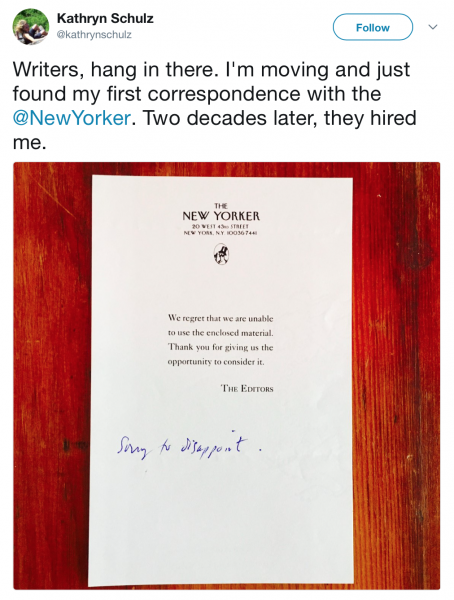
You can find Jake in the following places:
mrjakeparker.com
SVSlearn.com
Facebook
Instagram
Twitter
YouTube
Thank you Jake, for your incredibly generosity, not just with me, but with everything you do for the creative community.
-Dan
Podcast: Play in new window | Download
Subscribe: RSS

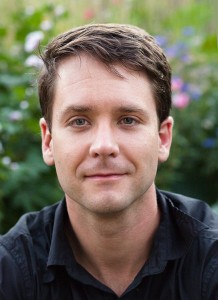 This exchange perfectly encapsulates the everyday reality of the successful creative professional. The one who has created an established career, has received accolades, whose work sells for five figures, and who is well into working on their art full time.
This exchange perfectly encapsulates the everyday reality of the successful creative professional. The one who has created an established career, has received accolades, whose work sells for five figures, and who is well into working on their art full time.